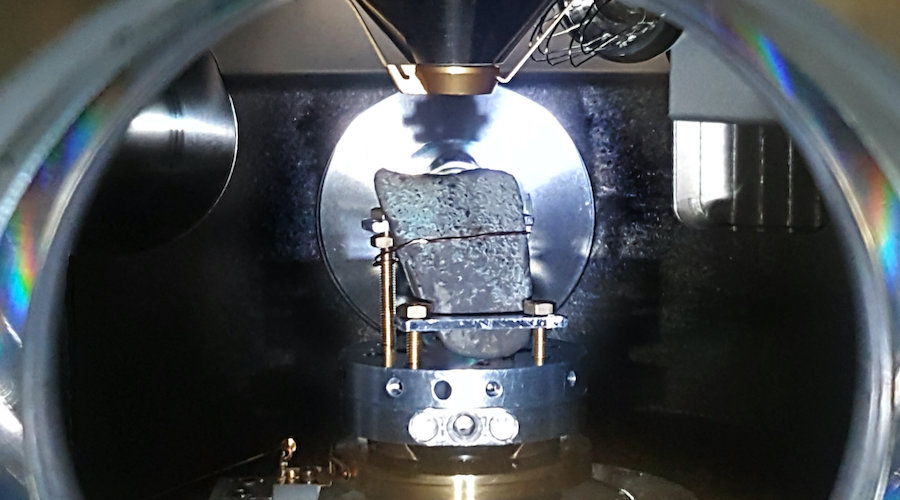
An international team of researchers analyzed the geochemistry of copper artifacts from prehistoric Europe and found that those produced before 3500 BC derived exclusively from mines in southeast Europe, especially Serbian mining areas, while later artifacts include ores from the eastern Alps and Slovak Mountains and, much later, potentially the British Isles.
In a paper published in the journal Plos One, the archaeologists explain that early copper artifacts are considered to have a high cultural and historical significance in European prehistory but until now, limited information existed about how copper was used and distributed in Neolithic Europe.
To get more information, the authors analyzed 45 copper objects, including axes, chisels, and other items, from various sites dating to the 4th and 3rd millennia BC of Northern Central Europe and Southern Scandinavia.
In detail, they examined the lead isotopic signature of the copper objects to link them to previously sampled sources of ore around the Old Continent.
Their results indicate fluctuations in metallurgic activity over time, including a decrease in the prevalence of copper artifacts around 3,000 BC.
According to the group, these changes in the origins and availability of copper likely reflect differences in distribution networks through time, probably influenced by changing economies, social structures, communication networks, and technologies across prehistoric Europe.
Further study of the sources and uses of copper artifacts can enhance understanding of how metal goods were produced and distributed around the continent in the past.
“Based on lead isotope analyses of the largest sample to date of Neolithic copper objects from southern Scandinavia and northern Germany, the study proves that the exchange of metallic objects connected Europe over long distances,” the report reads. “However, the introduction of new technologies and materials alone did not lead to social changes; their integration required deliberate choices by societies.”